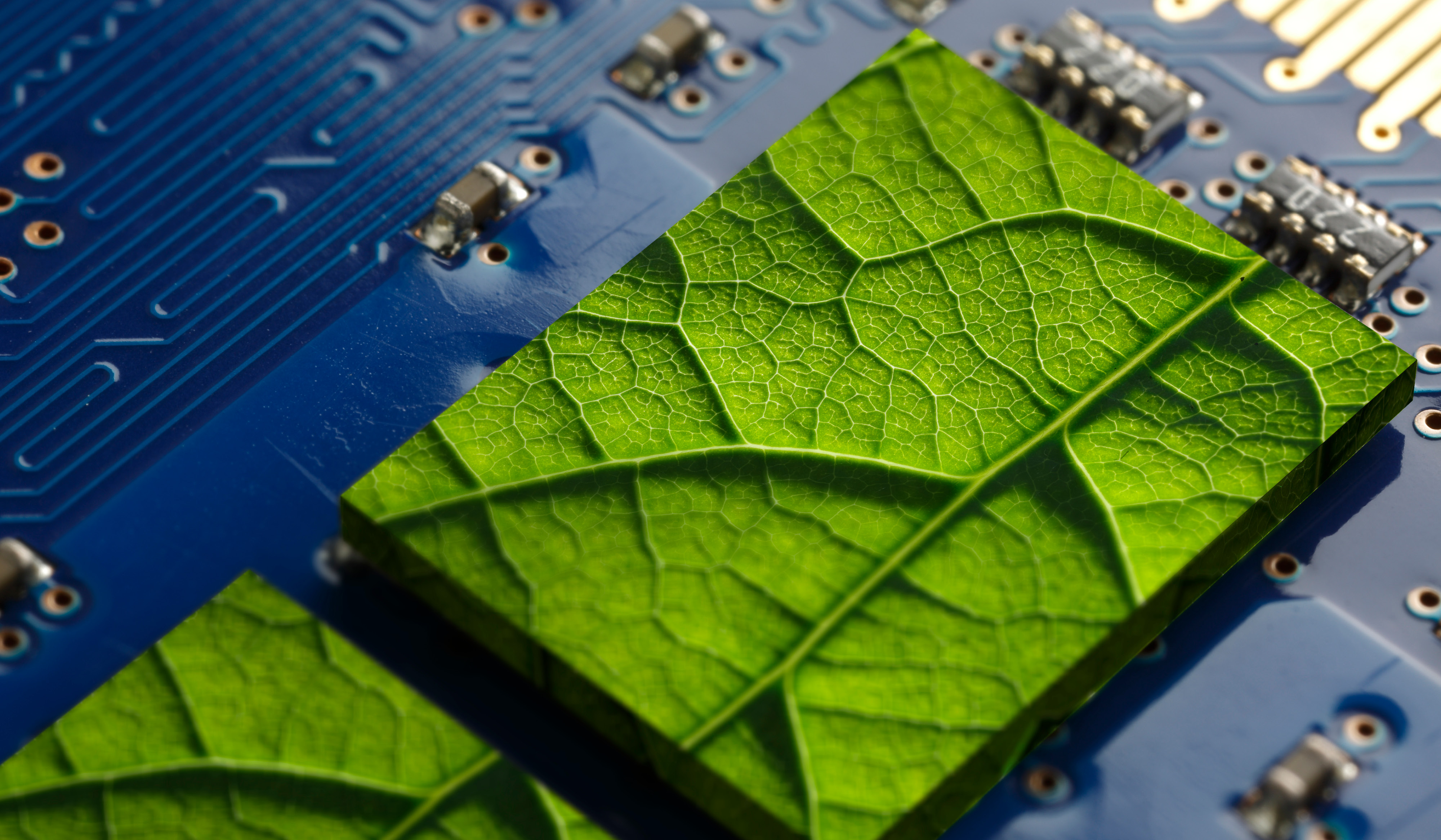
The manufacture and operation of all of a company's employees' end-user devices, such as laptops, tablets, smartphones and printers, are among the largest CO2 emitters within the IT function. These end-user devices generate 1.5-2 times more CO2 than data centers worldwide. In Germany alone, the operation of data centers, the manufacture of end-user devices for employees, or the operation of software (as-a-service) accounted for up to 17 megatons of CO2e (CO2-equivalent gases) in 2021, which is about half of Ireland's total emissions. This is mainly due to the fact that end-user devices are replaced much more frequently, and in greater numbers than server hardware, so CO2 emissions from production are more significant. Smartphones have an average renewal cycle of two years, laptops of four and printers of five. In contrast, servers are replaced every five years on average. This is shown in the study "The green IT revolution: A blueprint for CIOs to combat climate change" by McKinsey & Company, for which the CO2 emissions of corporate IT were examined and low-cost but highly effective alternatives were identified to reduce CO2 emissions.
Emissions vary depending on the industry
Compared to other sectors, the communications, media and services industries contribute the largest share of technology-related Scope 2 and Scope 3 emissions. Here, Scope 2 includes the indirect release of climate-damaging gases by energy suppliers, while Scope 3 includes the indirect release of climate-damaging gases in the upstream and downstream supply chain. Globally, the sector's IT emitted 80-85 megatons of CO2e last year - a peak. Globally, corporate IT in the services sector (which the study includes media and communications, banking and insurance) accounted for 35-45% of total Scope 2 emissions in the services sector last year.
Rethinking could save emissions
About three-quarters of CO2 emissions from end-user devices come from manufacturing, upstream transport and disposal. "By rethinking procurement, for example, 50-60% of emissions from end devices could be saved," says Gerrit Becker, Associate Partner at McKinsey in Frankfurt and one of the study's authors. According to the study, CIOs could achieve considerable benefits in climate protection even without large investments, and in some cases even save money. It would also help if, in addition to performance and costs, CO2e emissions were included as a third criterion in procurement, for example by buying refurbished equipment that is more environmentally friendly, from companies with a high recycling content, or equipment with a longer service life, according to Becker.
Moving to the cloud is the best option
Optimizing the PUE (Power Usage Effectiveness) values is expensive and only leads to a limited reduction in carbon emissions, Becker explains further. The PUE value indicates how effectively the supplied energy is consumed in relation to the actual computing power - the lower the value, the more efficiently the data center operates. Even if a company doubled its on-site data center modernization spending to lower its PUE score, it would only reduce carbon emissions by 15-20%, Becker knows. Structural improvements in data centers and an optimized layout could help, he says, but the impact would be minimal and many companies have already implemented them. More sophisticated measures, such as moving data centers to cooler locations, or investing in new cooling technologies, are often disproportionately expensive and thus often uneconomical, he concludes.
He recommends moving workloads to the cloud or to 'co-location' providers, which would make significant investments to become even greener. "They are buying green energy themselves and investing in highly efficient data centers with a PUE of 1.10 or less," Becker said. By comparison, the average PUE of an on-site data center is 1.57. He continues, "We estimate that companies that only want to achieve a PUE of 1.3 for their data centers would have to invest, on average, almost 250% more than they currently spend on their data centers." With a thoughtful shift to the cloud and its optimized use, companies could reduce their data center carbon emissions by more than 55%, or about 40 million metric tons of CO2e worldwide, equivalent to the carbon emissions of Switzerland, Becker adds.
For CIOs, there are three specific areas for action
The study authors define three specific areas of action for CIOs: Changing procurement strategies; implementing green measurement systems in effective places, such as more closely tracking the number of endpoints purchased and used, their current useful life, and the ratio of devices per user; and establishing a green ROI metric for technology investments. Sophisticated models would include lifecycle emissions calculations, such as production, transportation, and disposal.